Kelsey Pugh was awarded a Leakey Foundation Research Grant during our spring 2016 cycle for her project entitled “Mid-Late miocene hominoid phylogeny: Implications for ape and human evolution.” Click here to read a short summary of her project.
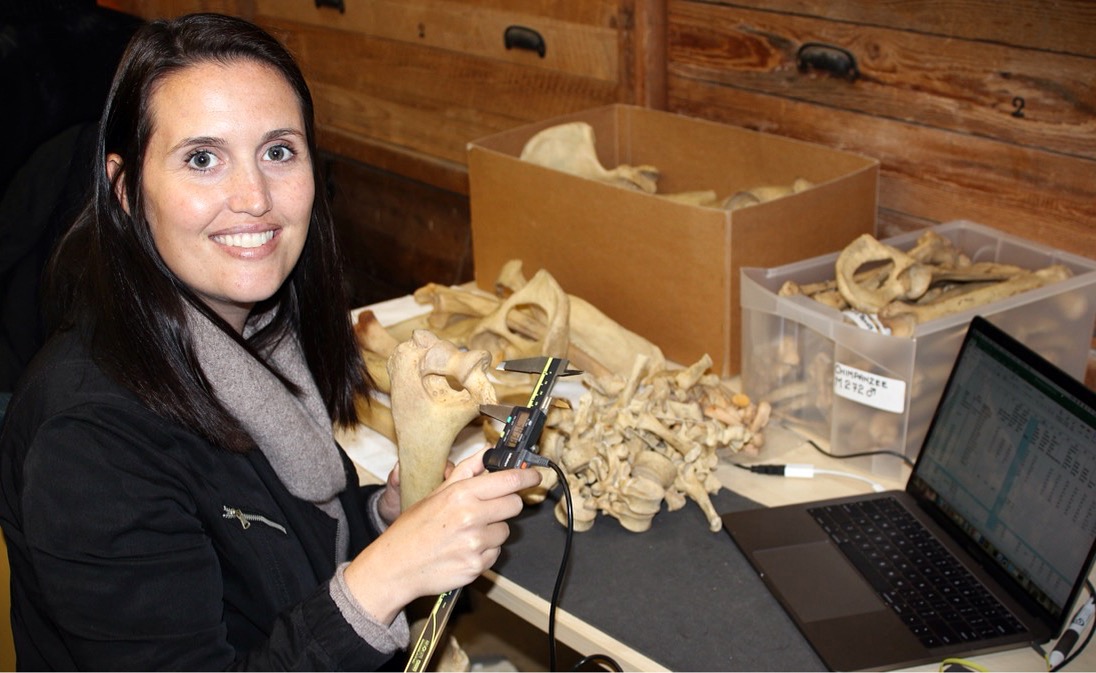
Kelsey Pugh easuring a gorilla specimen at the Powell-Cotton Museum in Birchington-on-Sea, Kent, UK. Photo © The Trustees of the Powell-Cotton Museum.
I’ve recently returned from seven months of data collection on extant and fossil apes, funded, in part, by a Leakey Foundation Research Grant. During this time, I visited institutions in Belgium, Ethiopia, France, Greece, Hungary, Italy, Kenya, Spain, Uganda, and the United Kingdom that house ape skeletal specimens that have been collected over the course of many decades. The earliest named fossil ape, Dryopithecus fontani, was discovered 162 years ago in France, and since that time many, many more species have been named. Thanks to the generosity of many curators, collections managers, and researchers at these institutions, I was able to study nearly 20 species of European and African fossil apes. This includes many of the fantastic discoveries of the last 20 years, such as Pierolapithecus and Anoiapithecus from Europe, and Chororapithecus and Nakalipithecus from Africa, as well as several of our early hominin ancestors (including the famous Lucy!).

A typical day, surrounded by bonobo skulls (Pan paniscus) at the Royal Museum for Central Africa in Tervuren, Belgium.
One may wonder why it was necessary to travel so extensively when, through modern technology, I could look at casted replicas or 3D laser scan images of fossils. While these are important tools for both research and teaching, the level of detail observable in an original fossil specimen is difficult to replicate, and so it is imperative for paleoanthropologists to examine these originals whenever possible. In my own experience, I have found that I often observe new details when examining a fossil for the first time, even when I have seen a cast of the same specimen; nothing can quite replicate the information processed and gained by holding and observing an original fossil yourself. At each institution I visit, I examine, measure, and photograph dental, cranial, and postcranial specimens, and I use these measurements and observations to score anatomical features that can be used to create hypotheses of how living and fossil great apes are related to each other. These hypothesized evolutionary relationships are expressed as tree diagrams – i.e., the “tree of life” – called phylogenies.
Currently, I am back in New York City where I am continuing to collect data on living species of primates at nearby museums including the American Museum of Natural History and the Smithsonian’s National Museum of Natural History. These data are used to compare with that collected on the fossil apes to better understand ape evolution. I will soon reach my target sample sizes for each living species and will then be shifting gears to concentrate on organizing the huge amount of data that I have collected over the last year, followed by analyses to build phylogenies and evaluate hypotheses relating to the evolution of anatomical features and biogeography.


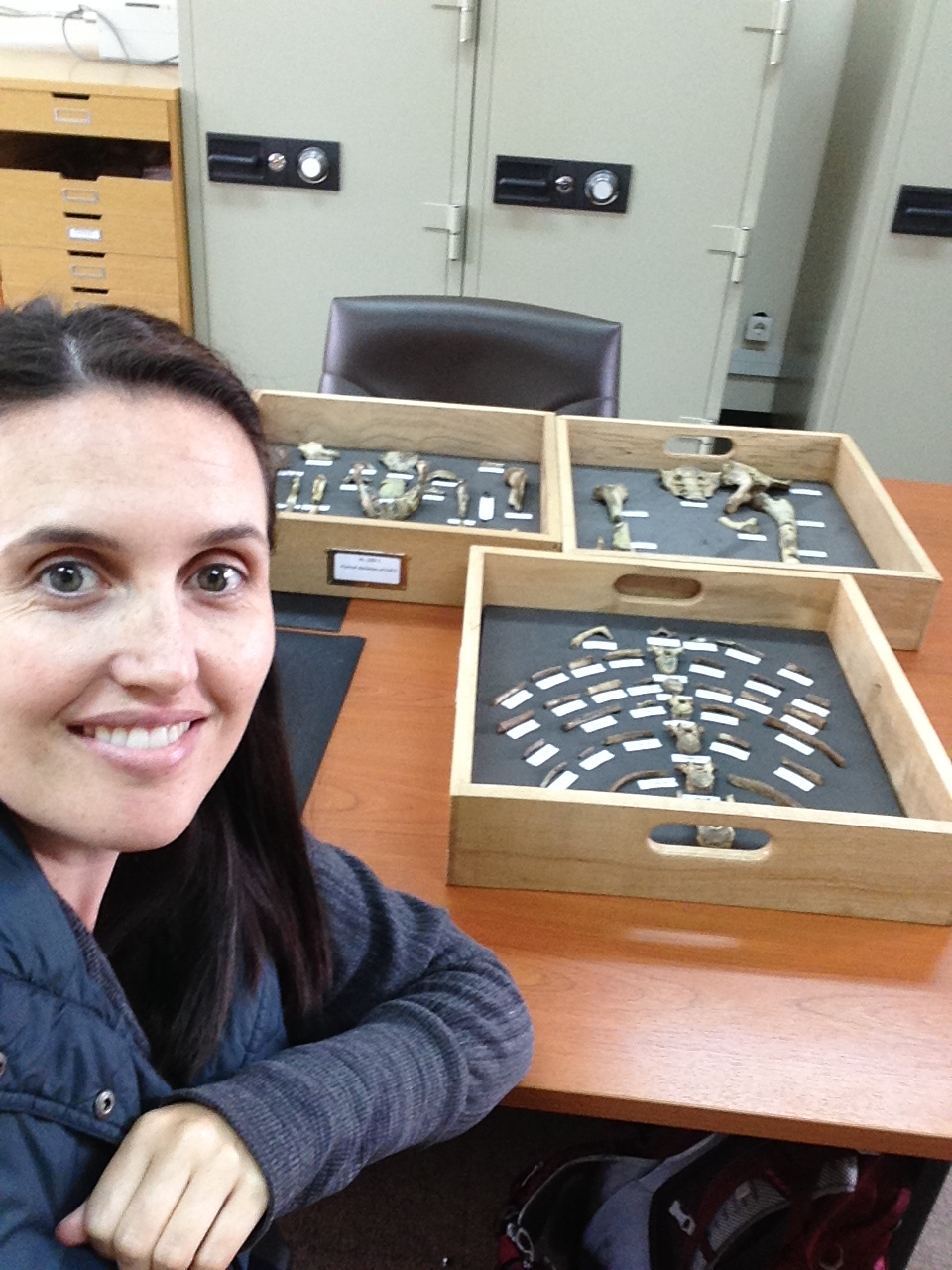
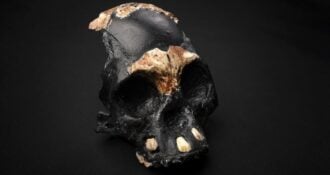
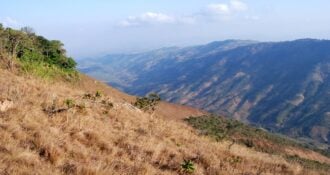
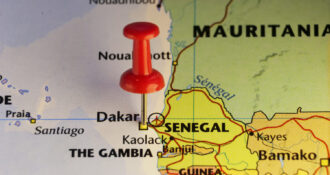

Comments 0